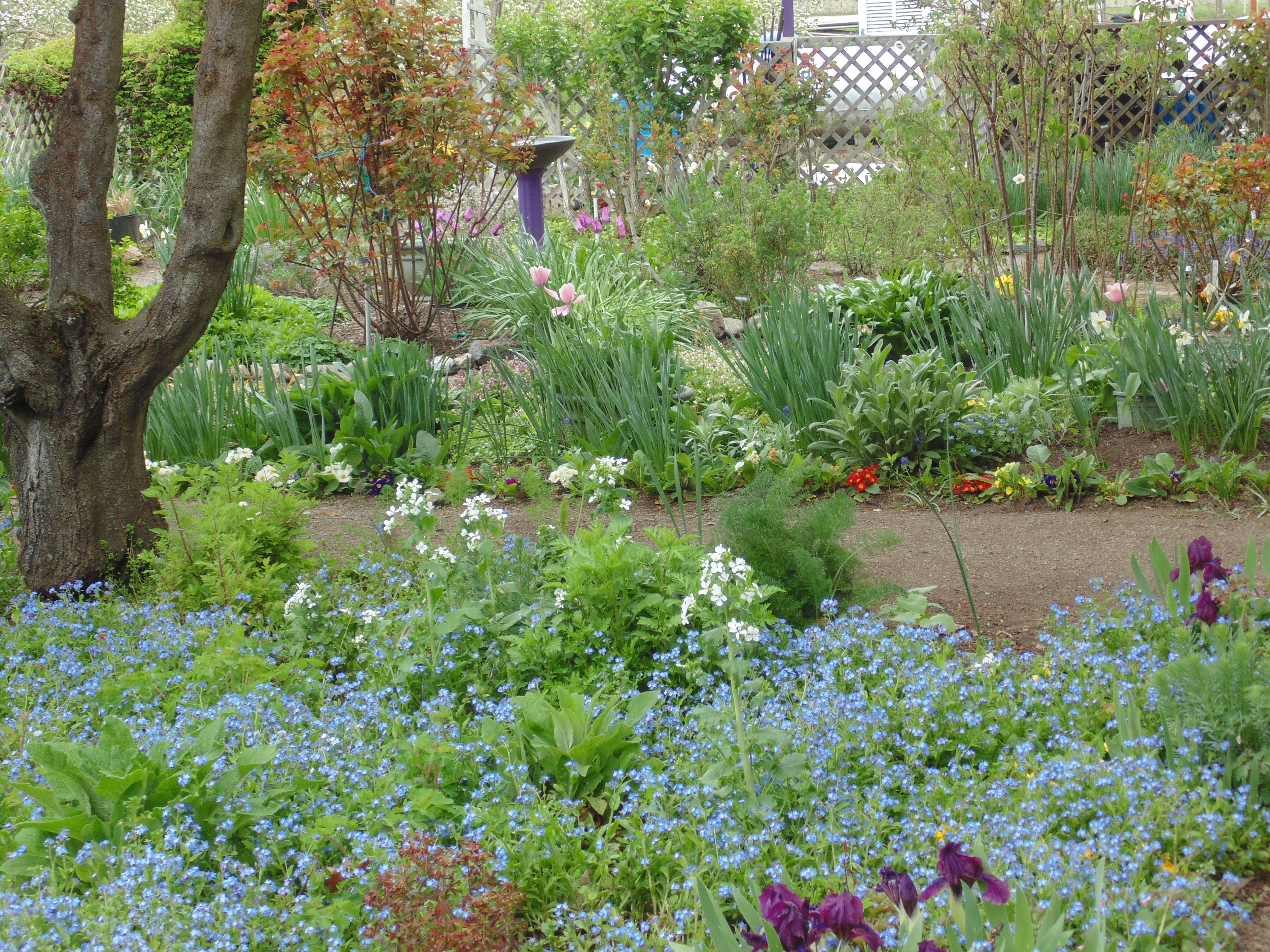As the gardening season gets started in earnest, you may want to think about how you can be kinder on the environment – and your wallet, too.
“Everyone can be sustainable,” said Ross Penhallegon, a horticulturist for Oregon State University Extension Service. “If you use drip irrigation, you’re doing your part to save this resource. If you take leaves and make compost and put that compost in the soil, we’ve won.
“That’s reasonable,” he added. “In the big picture, we all need to look to at our garden and ask what can we do to reduce carbon imprint, reduce irrigation and use less products.”
Penhallegon shares these tips for being more sustainable in the garden:
- Instead of putting yard debris in the recycling cart, start a compost pile. If a hot compost pile as described in this Extension article seems overwhelming or too time-consuming, use the cold composting method, where you throw yard debris in a pile and wait until it breaks down in a year or more. Composting keeps all the nutrients stored in yard debris in your garden on site and feeds the soil. It also saves you money since buying compost isn’t necessary.
- Switch from standard sprinklers to drip irrigation or soaker hoses. You can reduce your water use by up to 80 percent. Also, consider using drought-resistant plants to save water – for your wallet as well as the environment. Check out this Extension list for suggestions. Another publication – Conserving Water in Your Yard and Garden – offers additional ways to save water.
- Plant larger seedlings, which will fend off pests and diseases better than small ones, making it easier to control problems without using pesticides.
- Save seeds of your healthiest plants, which is a fun way to see what develops the next year. If they turn into healthy plants, that will mean less problems. Saving seeds also saves you money. Find out more in the Extension article Seize some seeds from the garden for planting next year and additional information in Collecting and storing seeds from your garden.
- Practice Integrated Pest Management (IPM), which uses the least-toxic methods for controlling pest and disease problems while minimizing risks to the environment, humans, animals, pollinators and other beneficial insects. Some easy ways to use IPM are to manage pests by squishing them, washing them off with a strong spray of water, using fabric cloth and planting plants that attract good bugs to help take care of the bad ones. If you must resort to a pesticide, use a low-toxicity one. More information is available in the story Fight bugs in the garden with IPM and this Master Gardener handout.
5 easy ways to be sustainable in the garden

